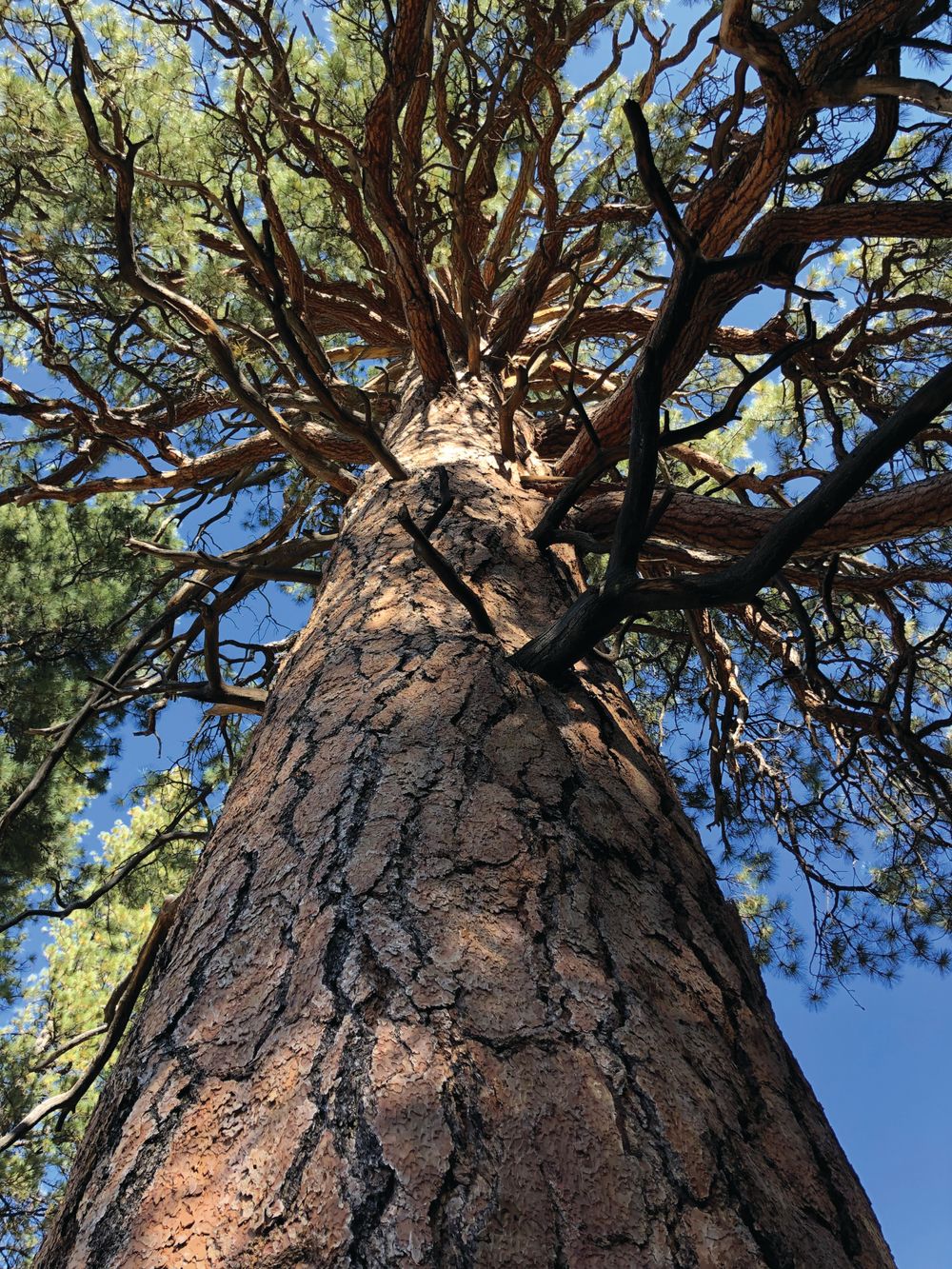This article was published in the Silicon Slopes Magazine, Summer 2022
by Karl Hunt, Public Information Officer, Utah Division of Forestry, Fire and State Lands

Utah is known for its pristine natural resources that are the envy of neighboring states. They draw tourism dollars from all over the world as people want to enjoy what is in our backyard.
Currently, 66 percent of the total land in Utah is managed by the federal government. This land is divided among multiple agencies, including the U.S. Forest Service (USFS), Bureau of Land Management (BLM), and National Parks. Out of all the public land in the state, 21% is managed by the Forest Service.
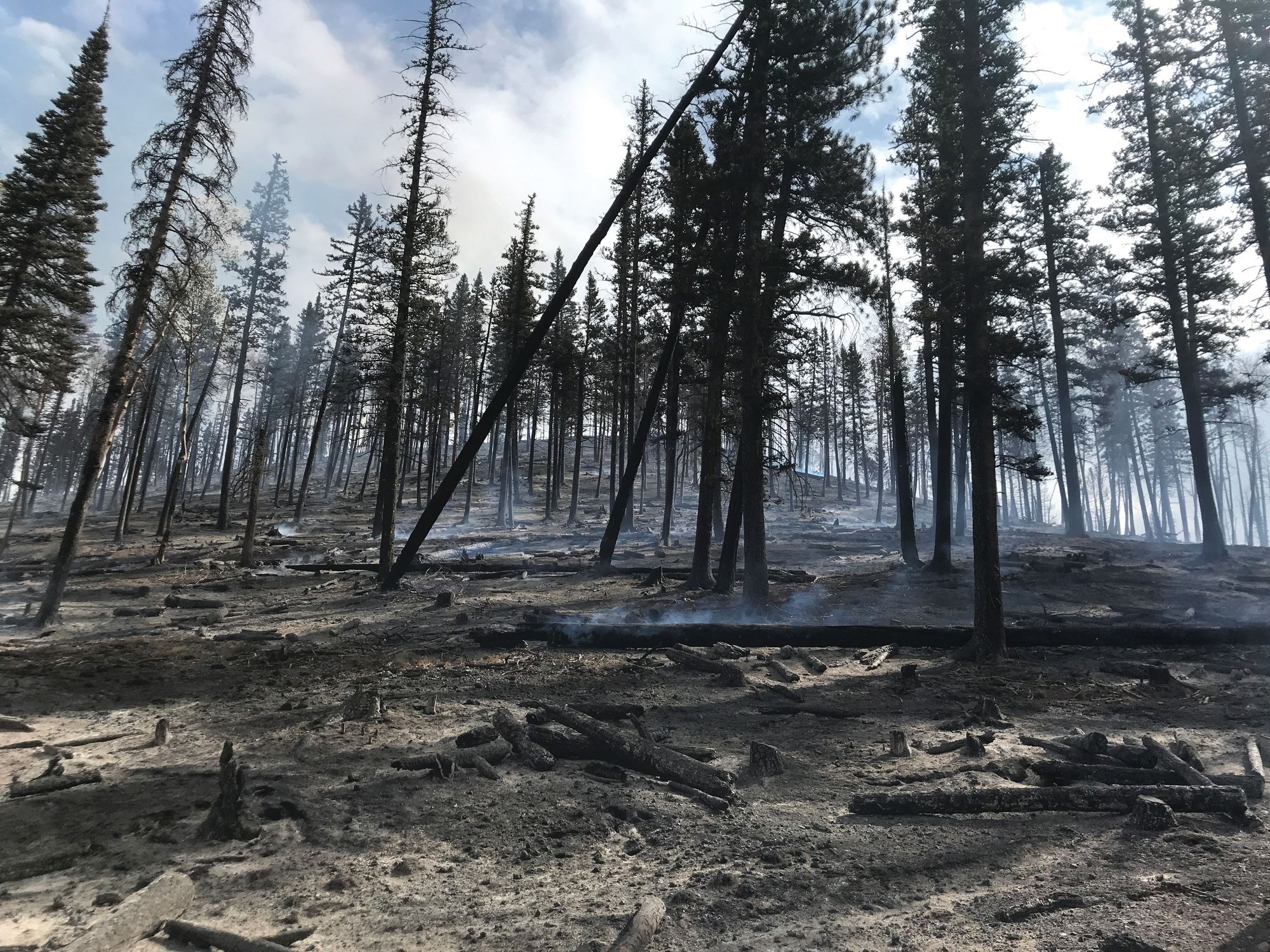
So if the USFS controls the forests in the state, what role does Utah play in managing this resource?
Enter the Division of Forestry, Fire and State Lands (FFSL), a division within the Utah Department of Natural Resources. FFSL’s primary responsibility is for the health of forest systems within the state, which includes responding to wildfires and conducting fuel projects to decrease the impact of wildfires on the state’s resources.
Numerous issues face our forests in Utah. The challenges they face range from insects to drought and wildfire.
FFSL meets these challenges through a multi-pronged approach. In partnership with the US Department of Agriculture (USDA), FFSL works within a shared stewardship agreement to manage all forests in Utah to preserve and protect this resource.
The division also has an urban and community forest program that seeks to help municipalities and private landowners with the diversity and health of their trees to help better the lives of all Utahns.
Shared Stewardship
One of the biggest challenges facing forested land in Utah is the current wildfire crisis. In 2019 Utah entered into a shared stewardship agreement with the USDA to address the current wildfire crisis.
Shared Stewardship is a cooperative approach to managing Utah’s forests. Utah’s Shared Stewardship agreement provides a framework for the state, the U.S. Forest Service (USFS), and the Natural Resource Conservation Service (NRCS) to work together to identify forest health priorities that focus on restoration projects.
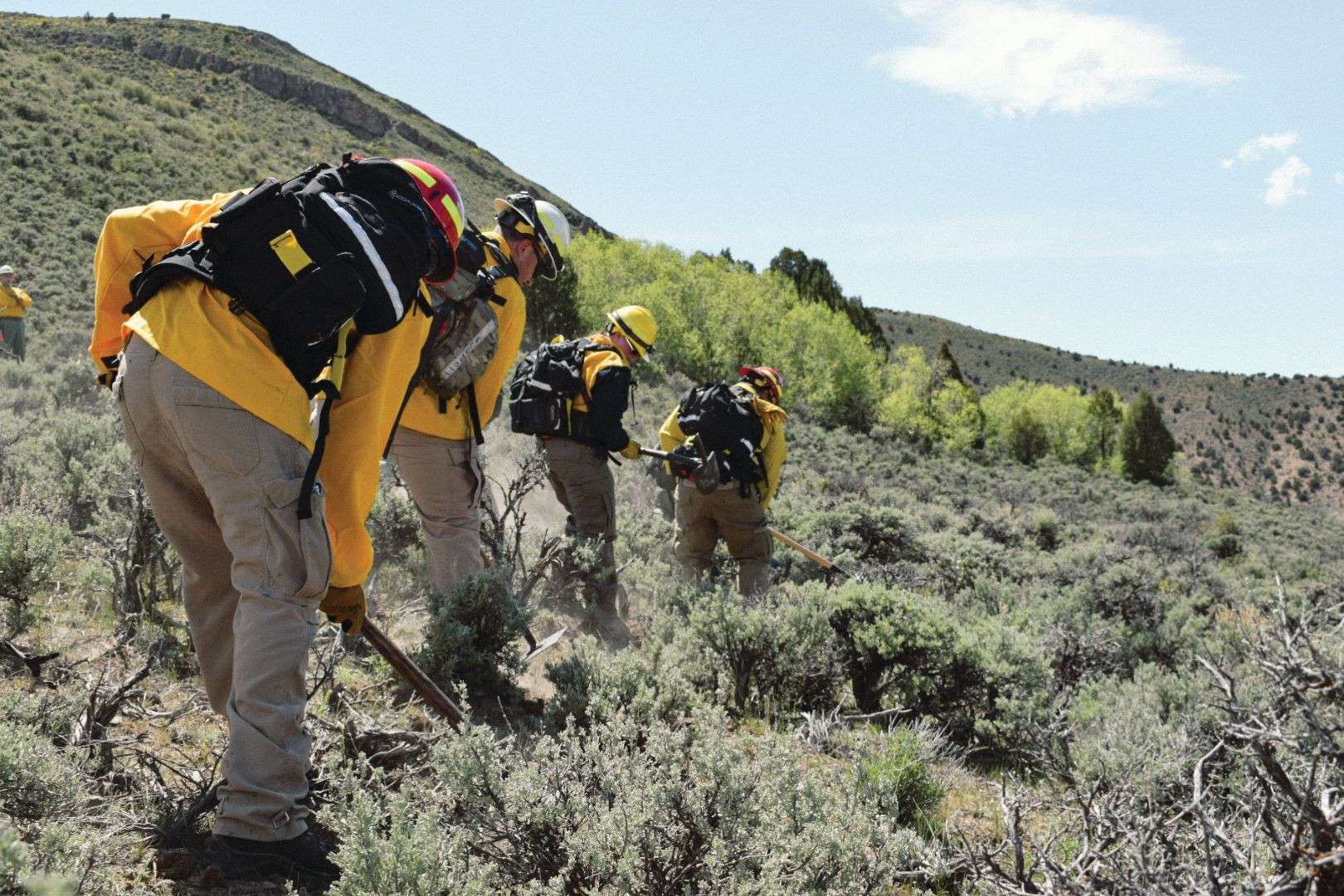
In short, the agreement provides a framework for cross-boundary, landscape-scale management of forests throughout the state to protect communities and watersheds from the threat, and negative consequences, of large catastrophic wildfires. It encouraged the longstanding culture of cooperation between the state, USFS and NRCS. It capitalized on the shared belief that no singular agency can address the threat of the wildfire crisis.
Since signing the original Shared Stewardship agreement, the state, USFS, and NRCS have substantially increased fuel reduction and forest health treatments in places where wildfire presents an immediate risk to communities and critical water resources.
Over the past four years, partners successfully treated more than 54,000 acres and funded 31 projects with more than $20 million in state, federal, and partner funds.
In 2022, the USDA and Utah renewed their mutual agreement and commitment to tackling the needs facing Utah’s forests. Through this partnership, the state, USFS and NRCS will fund 10 fuel reduction projects throughout Utah in all five national forests.
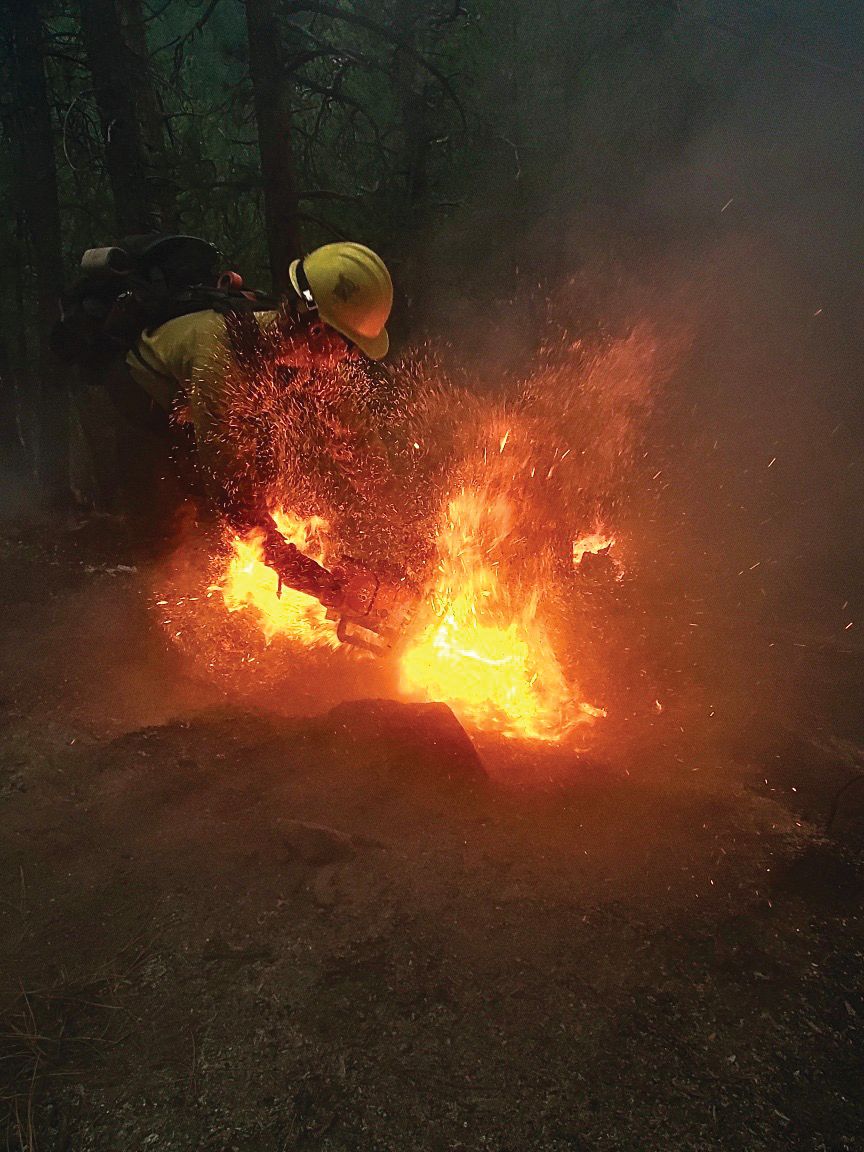
The Threat of Wildfire in the West
The threat of wildfire in the west is not new, and it takes multiple resources across federal and state agencies to attack this problem. While Shared Stewardship helps reduce fuels through coordinated projects, wildfires can and still do occur.
Ground and aerial resources are often called in to assist in effectively attacking an active wildfire. Aerial resources help initial attack personnel on the ground to stop the spread of wildfire and protect homes and communities.
To assist ground crews, the FFSL entered into a five-year exclusive use contract for two Type 1 helicopters. This contract is the first time the state has had exclusive use of aircraft that will remain in the state for active use on all wildfires within our borders.
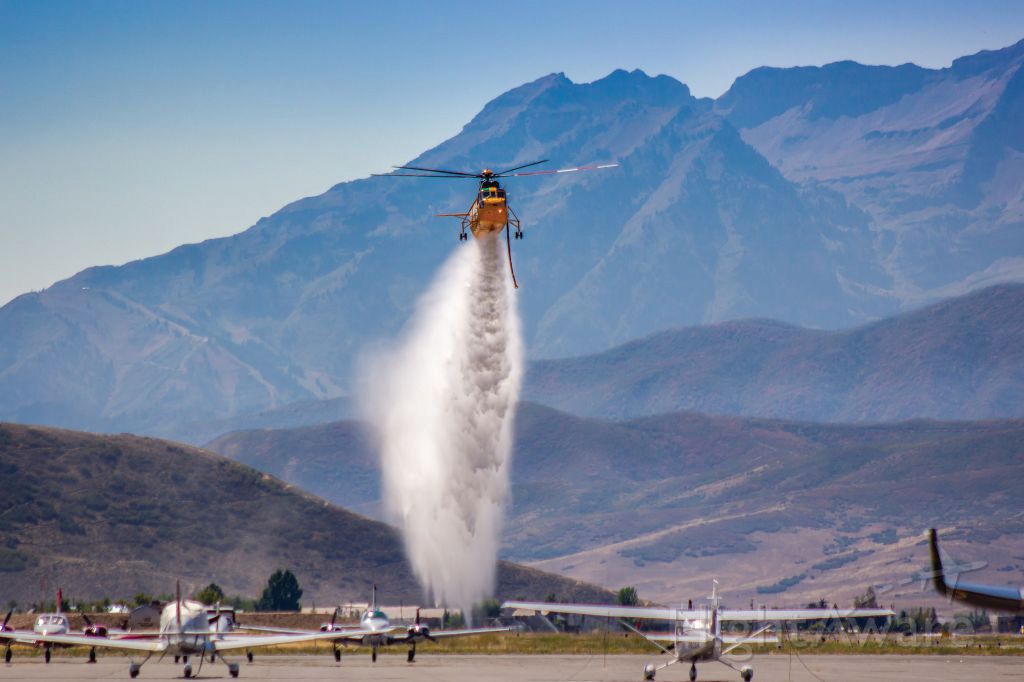
A Type 1 helicopter is the largest and fastest in wildfire suppression. These aircraft will be able to deliver large amounts of water or retardant as they assist ground crews and other aircraft. One of the helicopters is equipped with a long line bucket, and the other one will have a tank with a capacity of approximately 800 gallons.
These additional resources are essential for the state to do its part in protecting the forests, watersheds, and natural resources people enjoy.
Urban & Community Forestry
The state’s Urban and Community Forest program brings the benefit of trees closer to home. Through this program, the state works to educate citizens and decision makers across the state about the critical impact trees and tree diversity can have in a community.
These include economic, environmental, and psychological benefits that directly impact the citizens of Utah.
According to the Arbor Day Foundation, trees can help reduce traffic noise within urban areas by absorbing and reducing noise by 40 percent. Neighborhoods with trees can reduce energy costs by up to 25 percent and tend to be seven to nine degrees cooler than those without trees.
The Urban and Community Forest program offers technical assistance and grants to cities and towns throughout the state, all to improve the community forests. The division oversees a grant program that provides a variety of grants to communities to bolster their urban forests. The division oversees two of those grants: the Arbor Day grant and the Tree Species Diversity grant.
Communities interested in celebrating Arbor Day are eligible for a grant that can help them meet the criteria to be called “Tree City USA” by the Arbor Day Foundation. To earn this title, these cities commit to maintaining a tree board, creating and maintaining a community tree ordinance, spending 2 dollars per citizen on an urban forest, and celebrating Arbor Day. The longest-running Tree City USA in Utah is Murray City, which celebrated its 45th designation this year!
Green spaces, mainly those with a diverse population of trees, benefit the population’s overall physical and mental health. The tree diversity program is meant to facilitate increasing tree species diversity across the state. The program’s goal is to alter the mindset of communities and nurseries to expand the availability and plant trees in the state that go beyond the few tried and true species.
Cities and state colleges can participate in the tree diversity program by requesting funds from the Division of Forestry, Fire and State Lands. Once trees are purchased and planted, the division will monitor and evaluate these trees over time to see how each particular species does in the state.
Our natural resources face many challenges, whether in our communities or in the national forests. The state is committed to taking on those challenges and working to preserve these natural resources for current and future Utahns to enjoy.
Take Our Survey
Hi! The Silicon Slopes team is interested in your feedback. We are asking for a couple minutes to quickly provide feedback on our Silicon Slopes quarterly magazine publication. Click HERE and share your thoughts with us. Your responses will help us improve. Thanks!
*Read the latest issue of Silicon Slopes Magazine, Summer 2022
